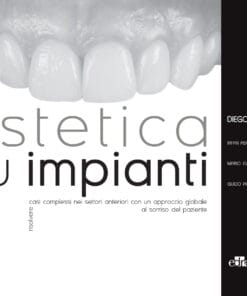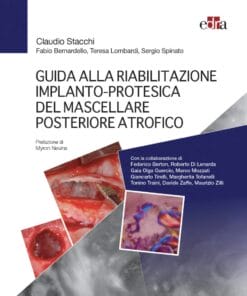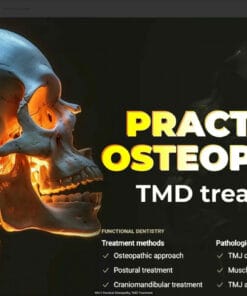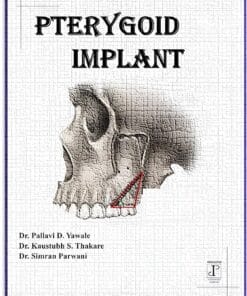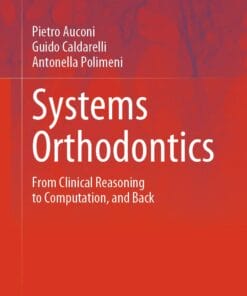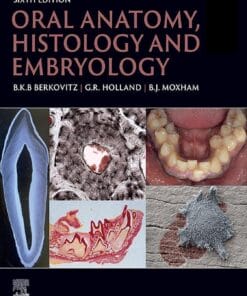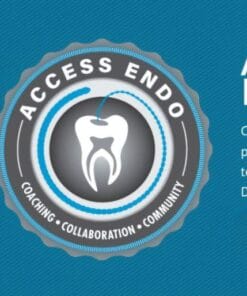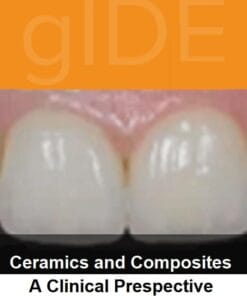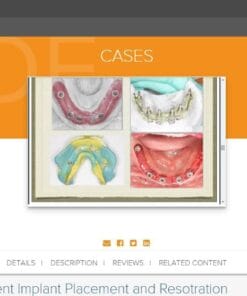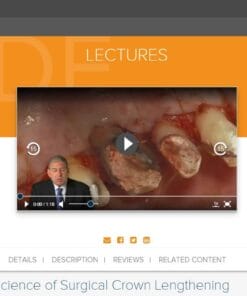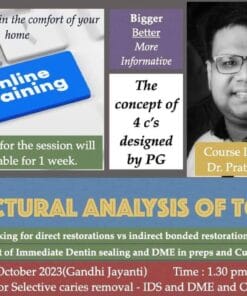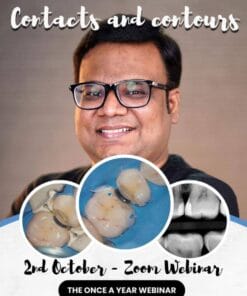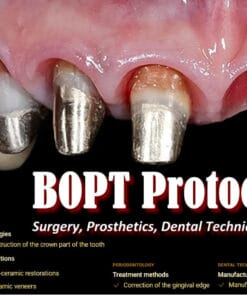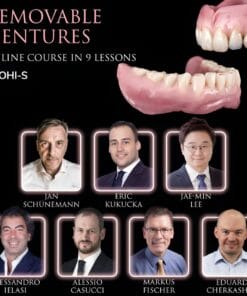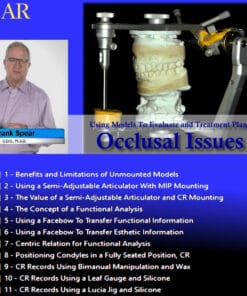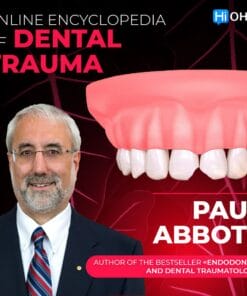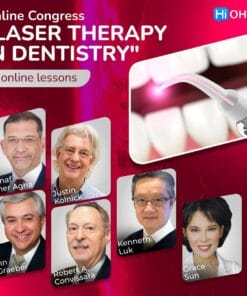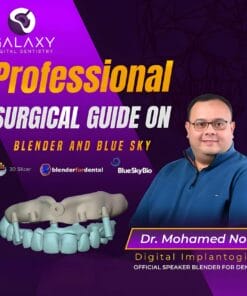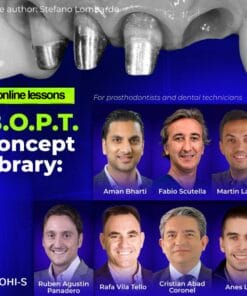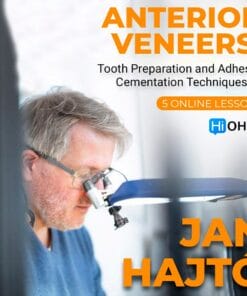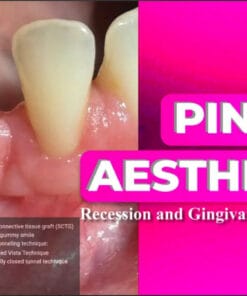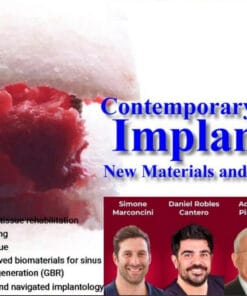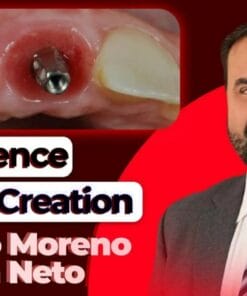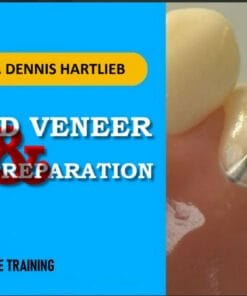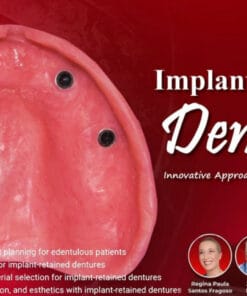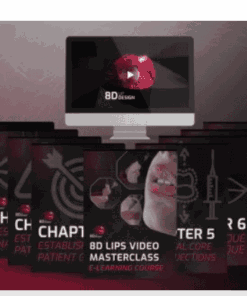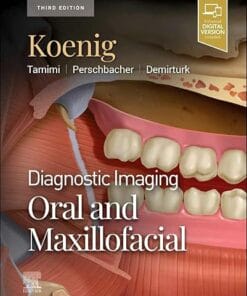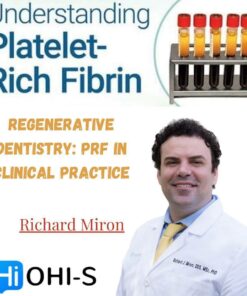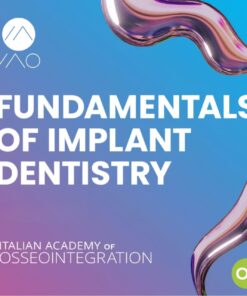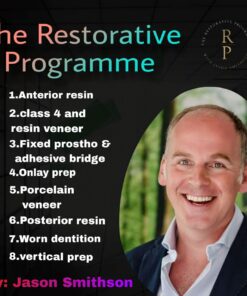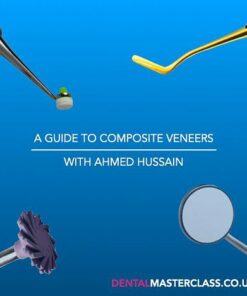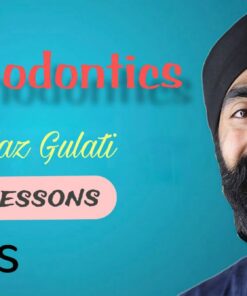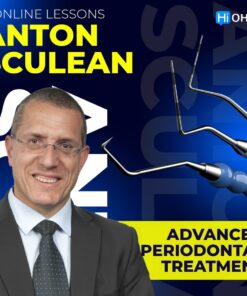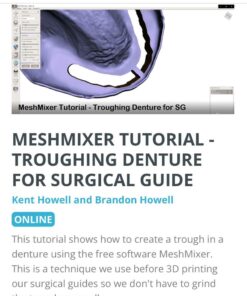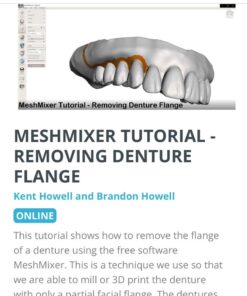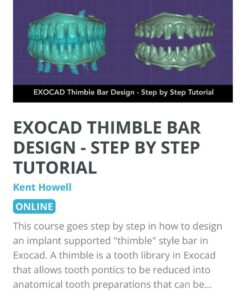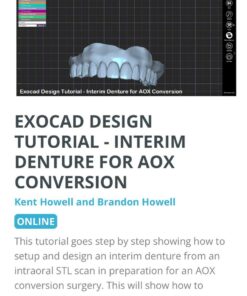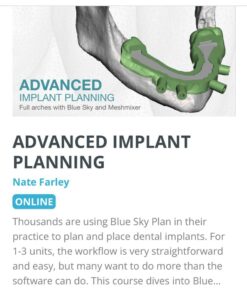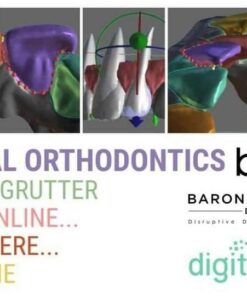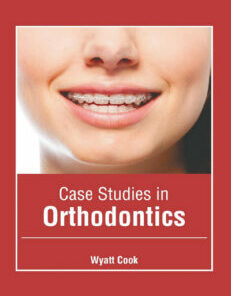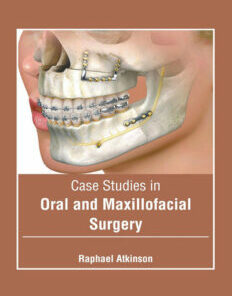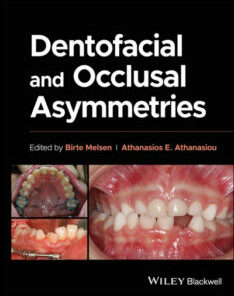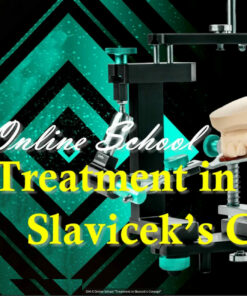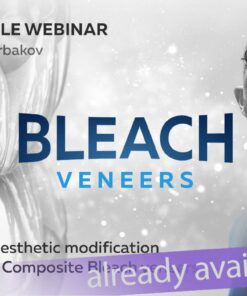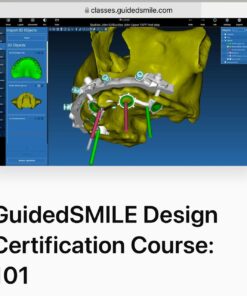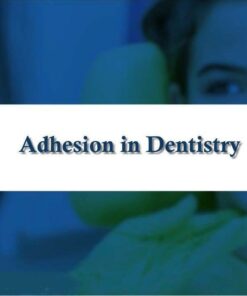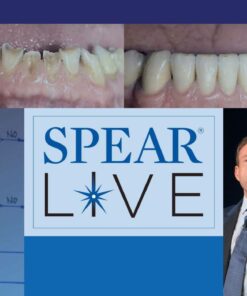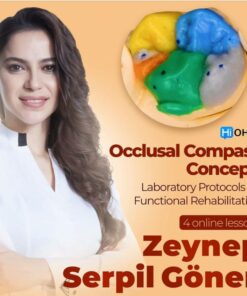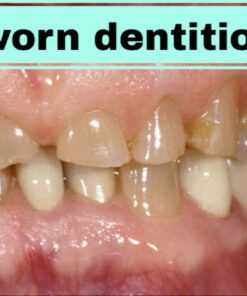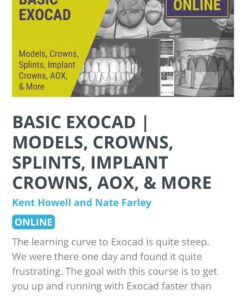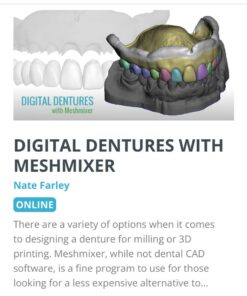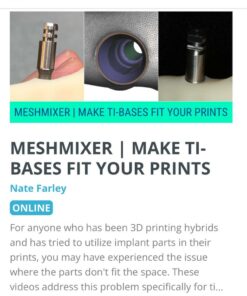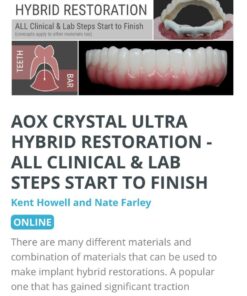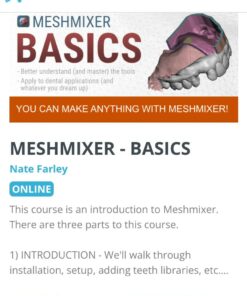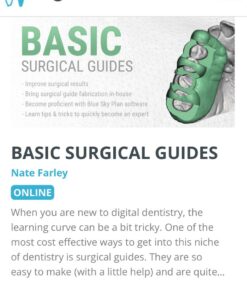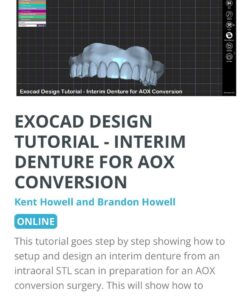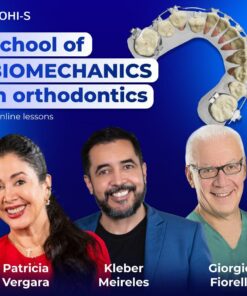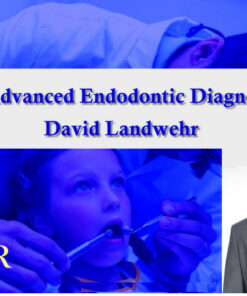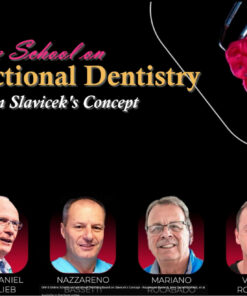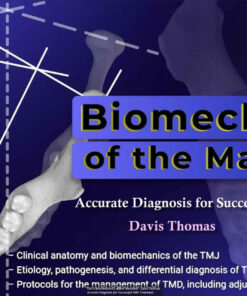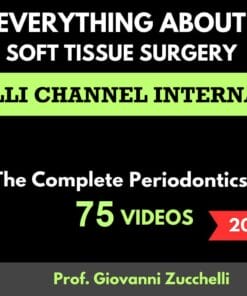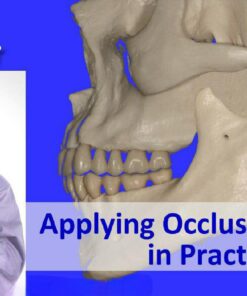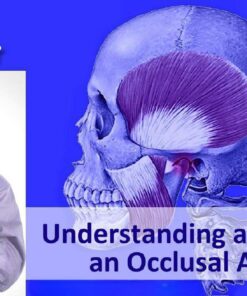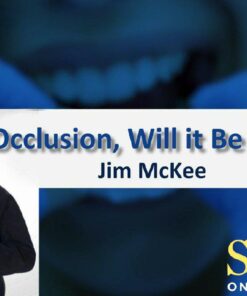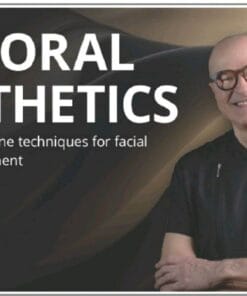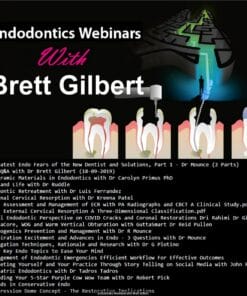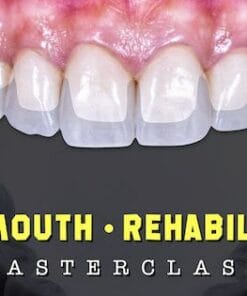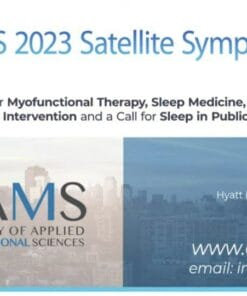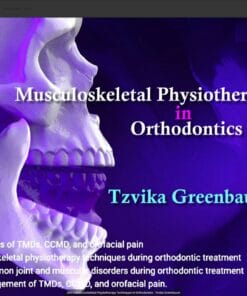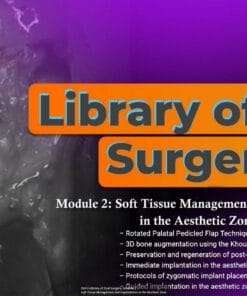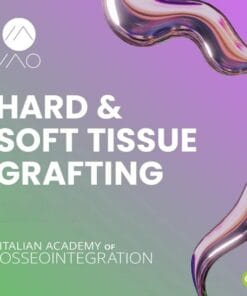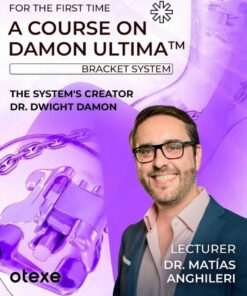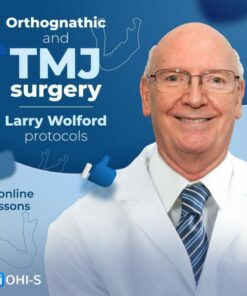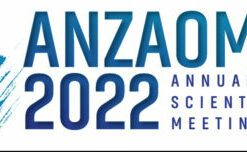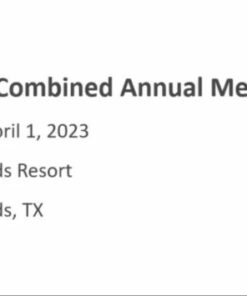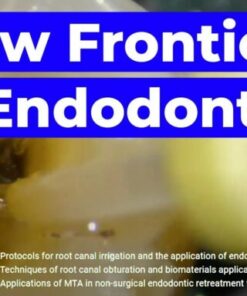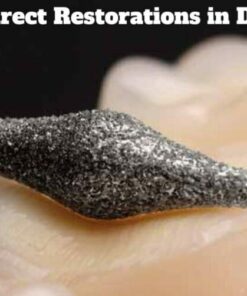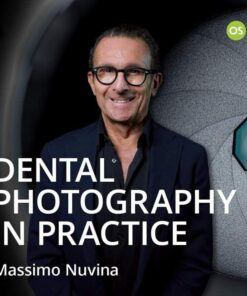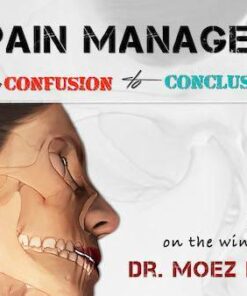Basic Minor Surgery Program ( 10 Credit Hours ) (Course)
10 $
Basic Minor Surgery Program
Learn Small Medical Procedures with Basic Minor Surgery Program (10 Credit Hours)
If you have an interest in small medical procedures, the Basic Minor Surgery Program (10 Credit Hours) is an ideal starting point. This program will equip you with knowledge about the principles of dento-alveolar surgery and teach you various suturing techniques.
The program is split into two parts – theory and live demos. During the theory part, you will learn about radiographic examination, accessing the operational area, different flap types, designing soft tissue flaps, instrument removal of bone, removal of tooth structure or pathology, field debridement, achieving hemostasis, postoperative care, possible complications, tips for conservative extraction and references.
The live demo section will show you different sets of instruments used for suturing techniques, handling of suture materials, incision, interrupted suture, horizontal mattress suture, figure 8, vertical mattress suture, continuous suture, continuous with lock suture, combined suture techniques, other suturing techniques, and a summary.
In summary, the Basic Minor Surgery Program is an excellent resource for anyone interested in learning about minor medical procedures. Whether you’re a dental student or a practicing dentist, this program will provide you with the necessary skills and knowledge to improve your expertise in this area.
Topics
Surgical Impaction Program ( 6 Credit Hours ) Impaction Management - Prof.Dr.Mohamed Hassan Nour Start 2 - Definition, histology and frequency of impacted teeth - (1:36 ) Start 3 - local causes of impaction - - contains lecture 4 (6:54 ) Start 4-Systemic factors of impaction (4:39 ) Start 5- Complications of impaction - (11:05 ) Start 6-Dealing with different impacted wisdom positions (11:14 ) Start 7- treatment options of impacted teeth (6:30 ) Start 8 - Treatment options for management of impacted teeth - (1:27 ) Start 9-Extraction of upper 8 (4:40 ) Start 10- Surgical repositioning- (7:09 ) Start 11-Clinical case for impacted canine (1:36 ) Start 12-Surgical replantation (2:15 ) Start 13-Benefits of 3D imaging (0:55 ) Start 14- Complications associated with impacted teeth (3:17 ) Start 15- Post-operative complications (2:47 ) Start 16- Soft tissue, nerve injuries and other complications (8:11 ) Start Handout Impaction Management-Dr. Hesham Fattouh Start 1-Introduction_2 (2:55 ) Start 2-Impaction definitions & frequency (11:12 ) Start 3-Indication of impaction removal (3:21 ) Start 4. pericoronitis (8:56 ) Start 5. classification of impacted teeth (11:25 ) Start 6. diagnosis of the impacted teeth (9:50 ) Start 7. Surgical Removal of impacted Lower 8 - (4:32 ) Start 7-1. step 1Mucoperiosteal flap (3:22 ) Start 7-2 step 2 osteotomy (3:15 ) Start 7-3 step 3 tooth sectioning and delivery (5:45 ) Start 7-4 step 4 wound toilet (1:59 ) Start 7-5 step 5 closure of the wound (4:11 ) Start 7-6 steps of removal of impacted lower 8 (2:03 ) Start 8.overview Surgical removal of the impacted canine- (6:35 ) Start 9. Autotransplantation (2:54 ) Start 10. Surgical Removal of impacted Canine -Causes - Indications -Contra Indications- (9:03 ) Start 11. Diagnosis of the impacted canine (4:08 ) Start 12. other impactions- (3:48 ) Start Handout Management of Impacted Teeth - Prof.Dr.Salah AbdelFattah Start 1-Introduction & Outline1 (1:34 ) Start 2-Why should we remove all impacted teeth (1:50 ) Start 3-Dentigerous cyst (4:37 ) Start 4-Case Presentation of OKC (11:08 ) Start 5-Preoperative assesment of impaction (2:11 ) Start 6-Radiographic preoperative assesment of impaction (8:48 ) Start 7-Is C.T. necessary in the management of impacted teeth (7:20 ) Start 8-Role of CT in management of impaction (17:28 ) Start 9-Local vs General anesthesia (1:25 ) Start 10-Preoperative medications (1:23 ) Start 11-Incision (4:19 ) Start 12-Reduction of resistance (1:52 ) Start 13-Bone removal & surgical burs (1:53 ) Start 14-Tooth sectioning (2:08 ) Start 15-Luxators and Elevators (1:18 ) Start 16-Postoperative Management (0:59 ) Start 17-How to minimize edema (2:00 ) Start 18-Case presentation on complications (3:23 ) Start Handout
Related Products
Dental Ebook And Video
Guida alla riabilitazione implantoprotesica del mascellare posteriore atrofico pdf
Dental Ebook And Video
Oral Anatomy, Histology and Embryology, 6th edition (Original PDF from Publisher)
Dental Ebook And Video
gIDE ondemand lectures – Edentulous Patient Implant Placement and Restoration
Dental Ebook And Video
gIDE ondemand lectures – The Art and Science of Surgical Crown Lengthening
Dental Ebook And Video
Structural Analysis of Tooth – The Concept of 4 C’s by Dr. Pratiek Gupta
Dental Ebook And Video
SPEAR Using Models To Evaluate and Treatment Plan Occlusal Issues – Frank Spear
Dental Ebook And Video
B.O.P.T. сoncept encyclopedia. For prosthodontists and dental technicians
Dental Ebook And Video
Precision in Laminate Ceramic Veneers: Tooth Preparation and Adhesive Cementation Techniques
Dental Ebook And Video
OHI-S Contemporary Advances in Implantology New Materials and Updated Protocols
Dental Ebook And Video
Tomorrow Tooth & OHI-S The 6 Elements of Orofacial Harmony – Lawrence F. Andrews
Dental Ebook And Video
OHI-S Implant-Retained Dentures Innovative Approach to Full-Arch Prosthetics
Dental Ebook And Video
RBB MasterClass,How to Succeed with Resin Bounded Bridges-Jazz Gulati
Dental Ebook And Video
Dental Ebook And Video
OHI-S Centric Relation, all Methods of Registration & Clinical Application
Dental Ebook And Video
Dental Ebook And Video
OHI-S Occlusal Compass Concept: Laboratory Protocols for Functional Rehabilitation
Dental Ebook And Video
AOX Crystal Ultra Hybrid Restoration: All Clinical & Lab Steps Start to Finish
Dental Ebook And Video
Dental Ebook And Video
Innovative Dental Marketing Ideas to Grow Your Practice – Gayle Reynolds
Dental Ebook And Video
OHi-S Biomechanics of the Mandible – Davis Thomas Accurate Diagnosis for Successful TMD Treatment
Dental Ebook And Video
Dental Ebook And Video
FMR – Full Course – Dr. Moez Khakiani (New online version with 2024 updates)
Dental Ebook And Video
OHI-S Musculoskeletal Physiotherapy Techniques in Orthodontics – Tzvika Greenbaum
Dental Ebook And Video
Dental Ebook And Video
Digital Hybrids for Dentists and Technicians Enjoy Tutorials with Exocad
Dental Ebook And Video
OTEXE A Course on Damon Ultima: Bracket System: The System’s Creator Dr.Dwight Damon
Dental Ebook And Video
Southwest Society of Oral and Maxillofacial Surgeons Combined Annual Meeting 2023
Dental Ebook And Video
Osteocom Implant Prosthodontics, from Planning to Restoration – David Powell





